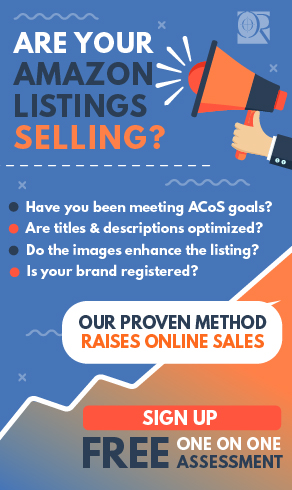What Roles Does Shopping.com Play In Your Ecommerce Success?
 You can’t get a better URL for a price comparison service than Shopping.com. But what’s in a name, anyways? You need more than a name to have success in this game. eBay’s Shopping.com has been around for a while (it was founded as DealTime.com in 1998), but does that mean it’s a formidable player worth taking note of when refining your ecommerce portfolio?
You can’t get a better URL for a price comparison service than Shopping.com. But what’s in a name, anyways? You need more than a name to have success in this game. eBay’s Shopping.com has been around for a while (it was founded as DealTime.com in 1998), but does that mean it’s a formidable player worth taking note of when refining your ecommerce portfolio?
With an owner like eBay, it’s hard not to take Shopping.com seriously. It’s a paid comparison shopping engine that compiles product listings based on price and those all-important merchant attributes. You, as a merchant, are able to upload bulk information via an FTP, which certainly adds a layer of convenience to any merchant with tons of products.
Of course, one of the best ways to rate any comparison shopping engine is to, well, compare it to its competition. Shopping.com is among the most popular of CSEs, with 20 million visitors per month. Over the last three years, Shopping.com continues to rank among the top four CSEs in traffic (among Amazon, Google, and Shopzilla). That’s pretty impressive seeing that Amazon is the largest ecommerce company and Google is the largest search engine. That means that people relate Shopping.com to online shopping (again, that URL sure does help).
However it’s not all about traffic is it? More traffic sure could mean a greater potential for sales, but it’s no guarantee. When you consider the conversion rate percentages of the top CSEs, Shopping.com falls below Google, Nextag, Pronto, and Pricegrabber, though it does pull slightly ahead of Amazon. What’s this mean? It means that while surely Shopping.com wants to perform better with conversion rates, it still outperforms Amazon. Chances are you have something listed on Amazon, right? They receive a ton of traffic. But the data clearly shows that in the end, you get more return on investment with CSEs like Shopping.com.
Lastly, you want to consider cost out of pocket – the CPC. With sites like Bing and The Find offering free listings, you won’t find a CPC engine like Shopping.com among the top two of three; however, it is among the leaders of the CPC engines, and does, in fact, cost less than Amazon per click.
There’s no question that, at the time of this posting, there are other CSEs out there that outperform Shopping.com on paper. Pricegrabber is one, as is Google. But you’d be surprised to learn that, when compared side by side, Shopping.com is a far more formidable opponent against ecommerce giant Amazon than you’d ever expect. What’s the lesson learned? Shopping.com is, without question, a worthy CSE you should take note of. Is it the right CSE for your campaign? Perhaps. There’s only one way to find out. You have to look at your entire ecommerce portfolio and determine how best to broaden your reach while increasing your ROI.
Ecommerce experts, like OperationROI, can help you fine-tune your portfolio and target the CSEs that are right for you. Let us help you refine and design your ecommerce portfolio. Call Operation ROI at 1-888-277-5429 or fill out our contact form.






